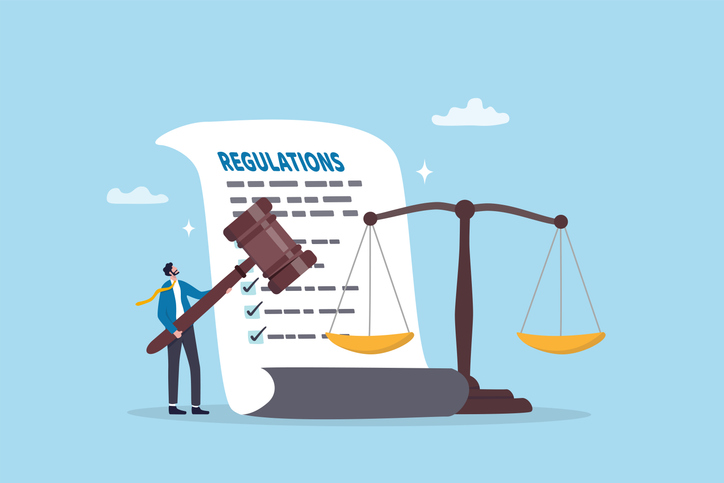According to a report published by the UK Office for National Statistics, only 44.1 per cent of businesses that launched in 2011 still survived five years later.
In other words, over half of all businesses shut down under five years.
There are many reasons why this is the case. Poor strategy, ineffective marketing and leadership all contribute to failure. But one of the biggest hurdles to survival is poor money management.
Many entrepreneurs falsely assume that they will survive as long as they make a profit on each sale. This is not always true.
What is working capital?
You’ll already be aware of the importance of working capital in running a successful business. But for the sake of our younger readers, let us take a quick look at what working capital is and why it is important.
Working capital is essentially a measure of how much liquidity you have in your operations. In theory, it is the sum total of all your assets minus the liabilities. Let us assume that the value of your office space, inventory and revenues equal £500,000 while rent, salaries and loans add up to £450,000. In this example, you have a surplus working capital of around £50,000.
But this is not good enough. Let us assume that you need to pay a supplier £50,000. Although you do have £50,000 in surplus working capital, all of this is not liquid cash. You cannot liquidate your office space each time you are in need of cash. That is, you may face a working capital deficit although you are surplus in theory.
This puts your business in great risk. Businesses that face working capital deficit tend to take short term loans to cover their financial challenges. Such loans come with high interest rates. Over time, the interest you need to pay becomes a significant liability that worsens your working capital situation.
In essence, surviving in business requires a two-pronged strategy: reduce liabilities and increase liquid assets.
Common working capital mistakes
There are two primary reasons for poor working capital. Firstly, businesses fail to account for the accruing interest over time. Securing a working capital loan at eight per cent might make sense when you are projecting growth of over 10 per cent over a year. But a number of such loans over time could bring down your liquid cash quite substantially.
The second major reason is liability management. Businesses do not have to own all their equipment. Depending on your business, it may make more sense to lease your equipment rather than owning it. Leasing also makes working capital calculation more predictable since you would exactly know your inflows and outflows each month.
Owned equipment on the other hand are subject to depreciation that may not always follow your projections. For instance, it may happen that an equipment whose cost you have distributed over eight years fails in the fifth year. In such situations, you may end up experiencing a higher outflow that can ruin your working capital.
Improving your working capital
As pointed out earlier in this article, fixing working capital involves two steps: reduce liabilities, and increasing liquid assets. Here are a few strategies to achieve this.
Don’t hold inventory
On your balance sheet, inventory is classified as an ‘asset’. This is because your inventory gets to be sold in order to make money. In the real world however, holding inventory depletes your liquid cash which ends up being a liability. This is especially true if you hold perishable goods or products with limited longevity.
It is a good idea to partner with a supplier who can ship goods to you (or directly to your customer) on demand. This way, you not only have to pay for inventory, but also save money on stocking them.

However, it’s worth noting that relying on a third party supplier to take care of your logistics can put your business at risk. It is hence important to find a supplier who has an established reputation (if you are using services like AliExpress to find a supplier, make sure that their feedback score is at least 2000 with over 95 per cent positive rating).
Fix payment cycles
Most retail sellers get paid immediately upon sale. This is not always true in the B2B segment where customers are invoiced and offered a few days or weeks to pay. Such sellers may have similar invoicing arrangements with their seller.
Typically, you must make sure that your customers pay your business before you pay your supplier. For instance, if your supplier offers you a 60-day period to pay their invoice, you must make sure that you offer your customers fewer days to pay. This way, you shall get paid before it is time for you to pay your supplier.
In the example above, it is not enough to just get your customers to pay before the 60-day period you have agreed with your supplier. If you stock your own inventory, then it is likely that your product stays in the warehouse for a while before they are purchased by a customer.
For a healthy working capital situation, your payment cycle with your supplier must be longer than the sum of the payment cycle you have agreed with your customer, and the time your product is stocked in the warehouse.
Reduce expenses
If you are a bootstrapped small business, then expense control is one of the most effective ways to improve your working capital. We have already touched upon the possibility of renting equipment over buying it. You may also expand this to cover other expenses. For instance, you could lease a working space instead of buying an office.
You may also consider contracting part-time workers instead of hiring them. If you need third party software applications for your business, you may consider picking one with a subscription plan over one that needs to be purchased. A lot of business software, including popular apps like MS Office are today available in a subscription format.
These strategies may not be applicable to all businesses and job functions. But by deploying expense control measures wherever possible, you may gain better control over your expenses and also be in a position to dispense with an expense when it is not necessary.
Anand Srinivasan is the founder of Hubbion.





